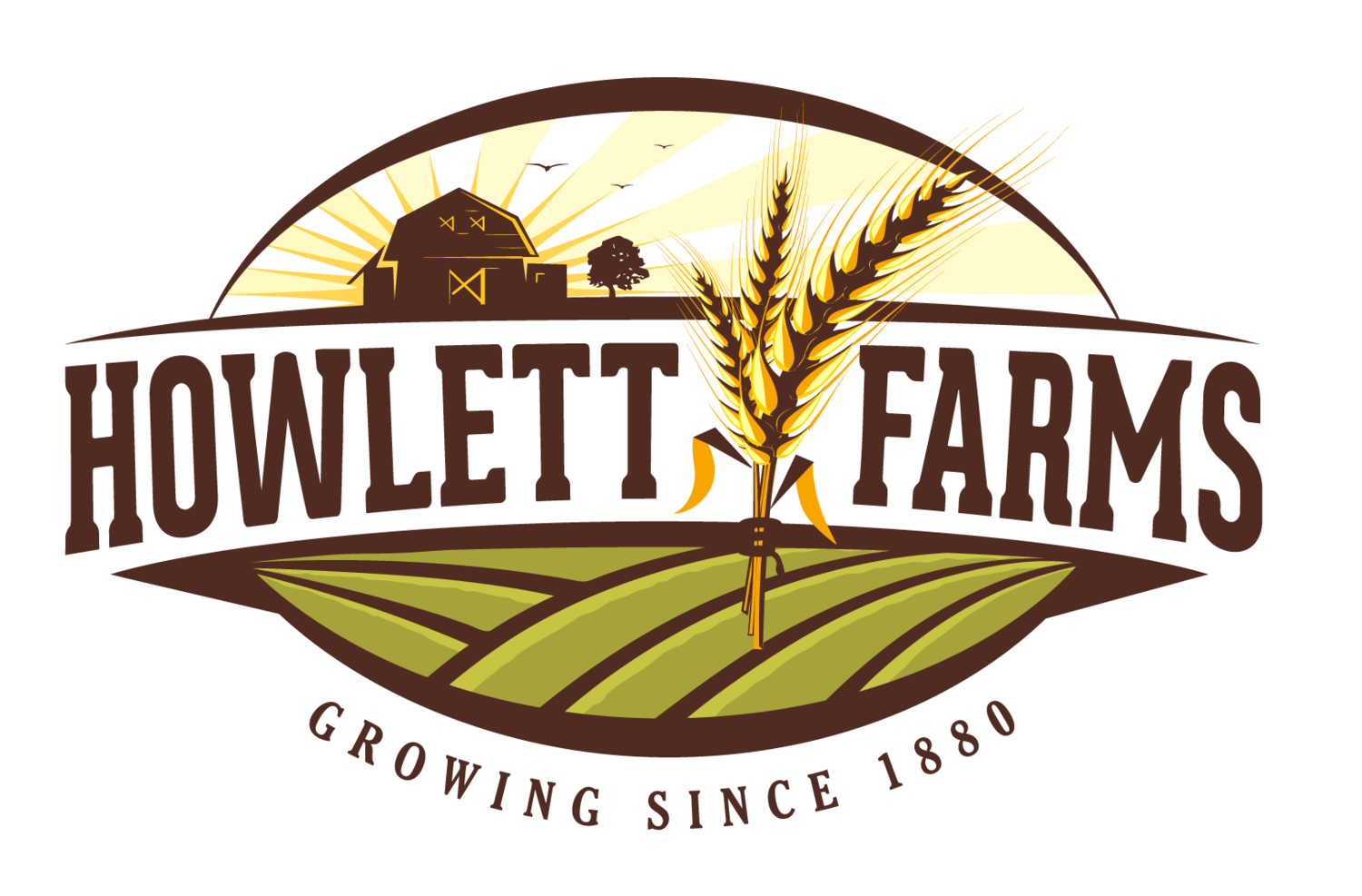SELL. THE. CARRY.
In grain markets, “carry” refers to how a futures contract at the Chicago Mercantile Exchange (global marketplace) trades based on the corresponding delivery period. In other words, how much more you’ll receive for locking in delivery further out in time, compared to a nearer‑term delivery.
YOU DON’T HAVE TO HAVE BINS TO SELL THE CARRY! You can Sell The Carry for Harvest delivery. The market is offering a premium today for Harvest shipment 2026 compared to nearby shipment (and typically will, until we get to “nearby shipment”)!
The logic: holding the physical grain from now until July incurs: storage cost + financing cost + other costs; so if other CME market participants (end-users, processors, export terminals, etc.) cannot take every bushel all at once, they need to establish a premium for deferred prices reflecting a perk over the costs (and an incentive to take on the additional risk of carrying) for the structure to make economic sense.
When the CME Futures Market carry spread is wide, it signals that in the global marketplace available space is tight, supplies are comfortable, and the market is offering a big reward to those who can physically hold grain for a different delivery period rather than needing to ship immediately.
Large crops lead to large supplies of grain, which generally leads to less available space, which drives the carry higher, signaling the CME Market is discounting bushels that need to move “right away”.
A common misconception is that “the Market is higher next summer; therefore it is predicting next summer prices will move higher”. This is false. The market is simply structuring relative incentives for different delivery periods based on today’s prices. And in fact, large carries signify larger current supplies relative to current demand, which actually infers the inverse: that the price should go down over time.
Why “SELL. THE. CARRY.”?
If you adjust your thinking, and move the math equation to look at “carry” from the other side, you can think about it like this:
Instead of looking at the price for nearby ship, and seeing a premium for shipment in 6 months, look at the price in 6 months and see a discount for bushels that need to move “right away”.
If you don’t forward contract and “Sell the carry premium”, you are always waiting to “Sell the nearby ship discount”. Whether it is in November, or in May, the CME Market is almost always discounting bushels that need to move “right away”.
This is the same reason if you just leave cash sitting in a savings account at the bank, you earn 0.01% APR, but if you lock in a CD, you earn 4.00% APR (that’s a 400% premium for planning cash flows). In this example, you’re forward contracting interest rate premium, instead of just letting your cash sit in the bank.
Sell. The. Carry. Lock in an easy $0.20, $0.30, $0.40 premium. Catching a $0.30 CME rally is tough these days. Cash in the premium that is there.
In the words of the legendary wiseman Duane Thompson: “Take a cookie when the tray comes to you. When it comes back around, there might not be any cookies left.”
(When the market structure flips and is “inverted”, I will make another write-up and explanation.)
🌾 Preserve Wheat Quality with Early Harvest – Free Drying in Avon & Lakeville Now Available
Sprouted wheat can lead to serious quality issues, including lower test weights, reduced milling value, and steep delivery discounts. Once sprouting starts, grain quality deteriorates quickly, and is irreversible — giving us an unsaleable commodity.
To help you protect your crop, we’re offering free wheat drying for a limited time. That means you can harvest earlier, avoid sprout damage, and still bring in a quality load without worrying about moisture penalties.
Michigan State University Article: https://www.canr.msu.edu/news/falling-numbers-in-wheat-what-causes-it-why-am-i-getting-docked
Take advantage of this program to:
Protect test weight and alpha-amylase (Falling Number) levels
Avoid costly grade discounts
Lock in higher market value
Reduce the risk of rain delays
Don’t wait for sprouting to start — get your wheat off the field early and keep your profits intact.
Wheat bushels eligible for FREE DRYING must be priced by August 29, 2025 with up to 18% moisture and delivered to our Avon or Lakeville locations at harvest (July through August)
Storing your wheat?
Every year we pickup wheat on-farm and take it to a flour mill, and it gets rejected at 14.5% moisture. The Farmer then argues “That is impossible I put it into the bin at 13.5% moisture.”
Unfortunately, that scenario is common, not impossible.
Most wheat comes out of the field at 85°F-90°F, therefore you need to be sure to run your fans and cool it down. If you plan to store the wheat through the winter you should aim to cool it down to 40°F to prevent spoilage and insect activity.
However, you must use caution when running air on your wheat. Not all air is beneficial! You must monitor what kind of environment the combination of temperature and humidity is producing inside your bin.
At Howlett Farms we store over a million bushels of wheat for several months every year. And we follow the chart below religiously. We have had great results year after year.
How to use this chart: Check the local weather to get your humidity and temperature (and forecasted humidity and temperature if running the fans overnight) and follow the corresponding Row/Column to find the moisture content of the air. If the fans run for an extended period of time your wheat will decrease or increase in moisture to the Equilibrium Air Content. The moisture content of your wheat will migrate to or towards the equilibrium moisture content of the air you are pumping into the bin.
BEWARE: If the air is 50°F and 75% humidity (common during Fall nights) you are actually HYDRATING the wheat in your bin to 14.5% moisture, and it will likely be rejected at the destination.


